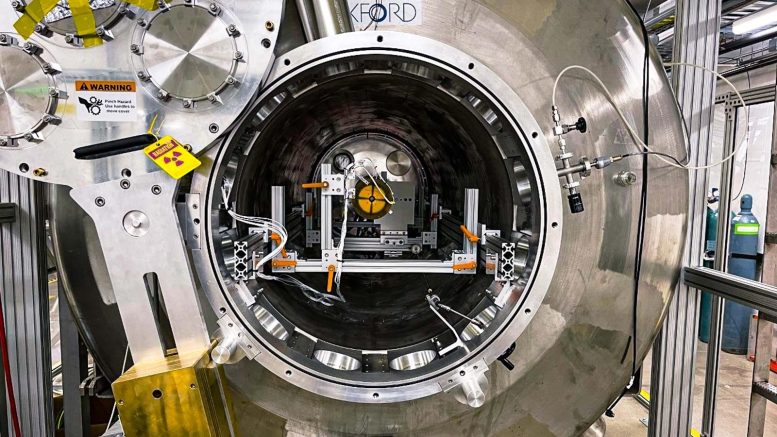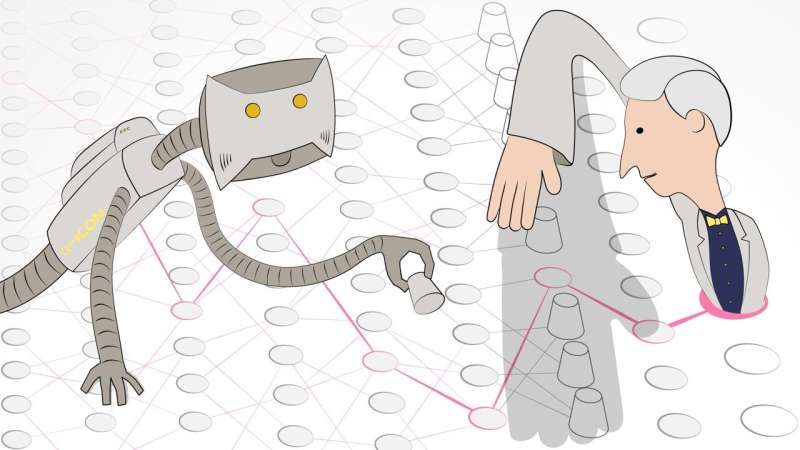Over the Course of the Pandemic, Bugs Have Invaded the World’s Most Popular Museums
If you’ve ever aimlessly wandered through the great halls of such museums as New York’s Metropolitan Museum of Art, Madrid’s Museo del Prado, and Paris’s Musée d’Orsay, and wondered how these centuries-old works by the likes of the world’s most famous painters have managed to survive the test of time, you’re not alone. Even shortly after their completion, the pieces on canvas boasted a certain delicacy and fragility that required the most precious handling. Now, of course, the museums enlist the best restorers in their fields to keep the priceless works of art in peak condition, but the last year and a half presented these experts with a rather unexpected challenge—bugs.
While bugs may be annoying to us, they can be detrimental to, say, Jean-Baptiste Tilliar’s pink 18th-century daybed at the J. Paul Getty Museum in Los Angeles. The unticketed guests, most commonly the one-centimeter-long webbing clothes moths we all know and hate during sweater season, typically devour wool, silk, and dust—feasts that are available at museums. Not to mention that the unexpected shutdown of every museum from Cape Town to Boston last year created an ideal environment for bugs, the Artnet News reports.
Not only is there a sizable buildup of dust and other debris from constant visitors (and the immediate lack thereof), but it was also prime breeding season when the pandemic began. Plus, another potential reason for the explosion of art-destroying moths in some of the hottest spots in the world is bugs’ dislike for disruption and crowds, so hundreds of suddenly empty galleries afforded the pesky insects to be left to their own devices.
Kleidermotte Tineola bisselliella
Luckily, the bugs won’t win this battle because museums, including the J. Paul Getty, have instituted a very particular cleaning routine that relies more heavily on anoxic treatments than they do on harsh chemicals, which could potentially damage the art. The conservators also employ 20-foot-long insulated cargo containers whose internal temperatures dip as low as negative 20 degrees Fahrenheit. The freezers can hold anywhere between three and six objects per ten-day treatment, killing any adults, larvae, or eggs that may be calling an ornate 17th-century tapestry home.
Like any deep-cleaning project, ones on this scale can take quite a bit of time. In fact, Madeline Corona, assistant conservator of the decorative arts and sculpture conservation at the J. Getty Museum says exclusively to AD, “Our deep-cleaning project took approximately a year to complete. Regular gallery cleaning is an important aspect of preventive conservation and is always an ongoing activity.”
The thing is: Bugs are as much a part of museums as the art itself. Even with constant surveillance and treatment, the annoying insects have and always will be present in museums. Corona explains, “Pest management programs are an integral part of the preservation of any collection. Our monitoring program did exactly what we wanted it to: It alerted us of an uptick early on and allowed us to get ahead of it. The pandemic gave us the opportunity to respond in a very holistic way because we didn’t have visitors on-site.” In post-lockdown life, however, more thorough cleaning practices are in place to keep the bugs as much at bay as possible, letting the works of art take center stage.
Originally Appeared on Architectural Digest

















